Lisbon’s Santa Apolonia Train Station is the city’s oldest station. Located in the historic district of Alfama, this simple and stately façade stands close to the bank of the beautiful and serene river Tejo. The station is conveniently connected by public transport from Marques de Pombal, at the heart of Lisbon. From here the high-speed deluxe trains, adorned with bright colored curtains and carpets inside, take two and a half hours to Porto. Porto’s Campanha station. Porto alias Oporto. Sweet sounding names for a sweet city. Famous for sweet wine exclusively from the grapes of Duoro Valley. Grapes nurtured from the time of Jesus.
Like Lisbon, Porto also seems to have been crafted out from the hilly terrains all around. Most of the old parts of both the Portuguese cities have a maze of steep and narrow cobbled streets, narrow roads, and connecting walkways of extremely steep gradients. Like in Lisbon, which is also known as the city of the seven hills, the public transport system woven into it since the nineteenth century comprises mainly trams, funiculars, and lifts. Lisbon’s main square is however on the plains. Known as Rossio Square, it is there since the Middle Ages. French fountains, a statue of Praca Dom Pedro IV, some gorgeous flowering trees, some spectacular buildings like the National Theater grace the square. The square itself has so much to offer. A delectable bite on Pastel de Nata from the historic confectioner Fabrica da Nata, buying Cherry Liqueur made from fresh, sweet, summer cherries and a few tins of sardines in different flavors from century-old Sardinia. Then hop back in the bus to take spectacular rides through the narrow streets of Alfama, getting down at the churchyard of the cathedral from where the view of river Tejo and the red rooftops below is indeed stunning. The single coach yellow-colored historic tram no. 28 packed with tourists and locals halt at the stop there. What a charming sight!
My wife while on a Google search for a popular restaurant close to our hotel Villa Nova Guest House hit the jackpot by finding a famous Nepalese restaurant ‘Ola Nepal’. They specialize in Indian cuisines. Every night we would walk down for our dinner there. It is located at the bottommost tier, i.e. if you compare with a tall building it is on the ‘lower basement of a building’. Both food and services are excellent over there.
For us, from India, Lisbon means the city of the famous Portuguese navigator Vasco da Gama. Lisbon has a museum dedicated to him. Museu de Marinha or Navy Museum is located in the tourist district of Belem. He was the first man to open the maritime route from Lisbon to India. He sailed from Lisbon in 1497 and after some halts at African ports, he finally discovered India. He and his crew anchored at the South Indian city of Calicut in May 1498. He was vilified for his ruthless actions against the Arab traders and their merchandise. So much so that Portuguese sailors were looked upon as terrorists and pirates. But he opened the gateway to India for the Europeans. On his second visit at the beginning of the sixteenth century, he explored Goa, the place in which the Portuguese subsequently colonized and settled. Vasco da Gama is a pretty little town in Goa named after him. Vasco da Gama made his last trip to India in 1524. He died in Cochin the same year. Goa was in Portuguese hands for over five centuries before being liberated only in 1961. The essence of Portugal, their happy-go-lucky lifestyle, the Portuguese flavor are very much in vogue in Goa today.
Porto, with tiered roads and steep gradients, seem to compete with big brother Lisbon. For tourists like us, the only choice for enjoying places of interest in Porto was ‘hop-on, hop-off’ buses. At some points, these double-decked hop on hop off had to take an almost 360-degree turn on narrow steeply terraced hillsides. Kudos to the superb driving sense of the drivers.
A dizzying sight from the upper deck. Palacio da Bolsa ( a former stock market), Don Pedro Square (statue of Pedro IV at the center) on way to the breezy Atlantic ocean beaches, Porto Cathedral( the oldest surviving structure), Sao Bento Train station, picturesque Douro river which is spanned by several bridges, the medieval Ribeira district (on the valley side of the river), the UNESCO World Heritage historic center are some of the major sites the bus covers. Sao Bento Train station, the English translation of which is St. Benedict is one of the stunningly beautiful stations I have come across. Built-in early 1900 by architect Jose Marques da Silva, the walls of the station are adorned with blue and white tin-glazed ceramic tiles placed by artist Jorge Colaco. The tiles tell the story of Portugal’s past – its royalty, its wars, and its transportation history.
After a delicious fish lunch with cherry liqueur at one of the numerous lined up tempting eateries on the bank of River Douro at the picturesque Rivera side, we sauntered down to Burmester Caves located next to the historic Luis Bridge. There we were greeted by an elegant young lady who narrated the history of Burmester, one of the oldest cellars of Porto. Port wine is made exclusively from grapes grown through many centuries on narrow ancient terraces in Douro Valley. The sweet red wine became extremely popular when English merchants blended the wine with spirit to preserve it. Burmester cellars present ideal conditions with darkened wooden beam ceiling and granite walls. The cellars are there since 1750, which is evident from the greenish color of the granite walls. Huge casks made of French oak and chestnut oak presented awesome sights. These oaks are used because they have high oxygenation capacity. There are many varieties in Port wine, like Ruby Port for their distinct ruby color, Tawny Port which is on the slightly sweeter side of the spectrum and displays a rich amber color, White Port made out of white grape and semi-sweet in flavor. We tasted Tawny wine aged for over three years. It tasted so nice that we bought a bottle of Tawny and a bottle of Portuguese Olive oil from their museum sale counter.
From Porto Sao Bento to Liberdade square (the historic center of Porto) and then to the iconic two-storied Bolhao market (farmer’s market) and Trinidade metro station are all walkable as they are all on flat terrain. A populous city, with pavements wet after some drizzles and vehicles moving at crawling speed in the evening rush hour, reminded me of my hometown Calcutta. The farmer’s market is a huge market where varieties of fish, sausages, hams, bacon – name any type of fish and meat items, vegetables, fruits, Portuguese delicacies, fast food, ice creams are available all under one roof.
The day we left Porto my wife triggered the foodie in me by reminding me of a special Portuguese dish which has its root in Porto. Francesinha meaning ‘Little French Woman’ or only ‘Frenchie’ in Portuguese was invented in 1960 by an immigrant from France Daniel da Silva. When he moved to Porto, he made it a very popular dish that went well with a glass of beer. In Porto, people pronounce it as ‘Franceazinha’. The main problem is it cannot be bought and consumed outside the restaurant or confectioner like sandwiches, croquettes, rolls, patties or tarts. It has to be enjoyed inside a restaurant for which a certain amount of time needs to be dedicated. I am a connoisseur of food – at least I claim to be one. The priority was to catch the metro from Trinidade station to Porto International Airport. For a moment I felt highly disheartened for having missed the bus, i.e. coming to Porto and not having Francesinha. But I recovered to my normal self after arriving at one of the cutest international airports. And my excitements soar after coming out of the security. .On my left, I discovered a restaurant by the name FRANCESINHA. What a wonderful coincidence for a foodie like me- a restaurant bearing the name of the food I was longing for. Without wasting time I immediately barged in and ordered a plate of Francesinha and a glass of Portuguese Beer. I was flabbergasted when the order was served. Still, around forty minutes to the final boarding call, I started wondering whether I would be able to do justice to the ordered item.
Served in a huge bowl, the massive food appeared to be loaded with calories, with loads of meat comprising a generous combination of steak, sausage and ham, cheese, and sauce combined plus an adornment of French fries on its side. The sauce is a hot thick tomato and beer sauce that fills up the bowl to its brim. Although quite heavy to the stomach it is surprisingly delightful. Never had such a dense sandwich. It’s gloppy, meaty, and cheesy at the same time. Moreover, the physical appearance of the dish does not match with its literal meaning ‘little French girl’. The main secret is the sauce which as claimed in Porto is different and unique to a restaurant that prepares it. I tried to gather a recipe, which seems closest to the taste of the sauce served at Porto Airport restaurant.


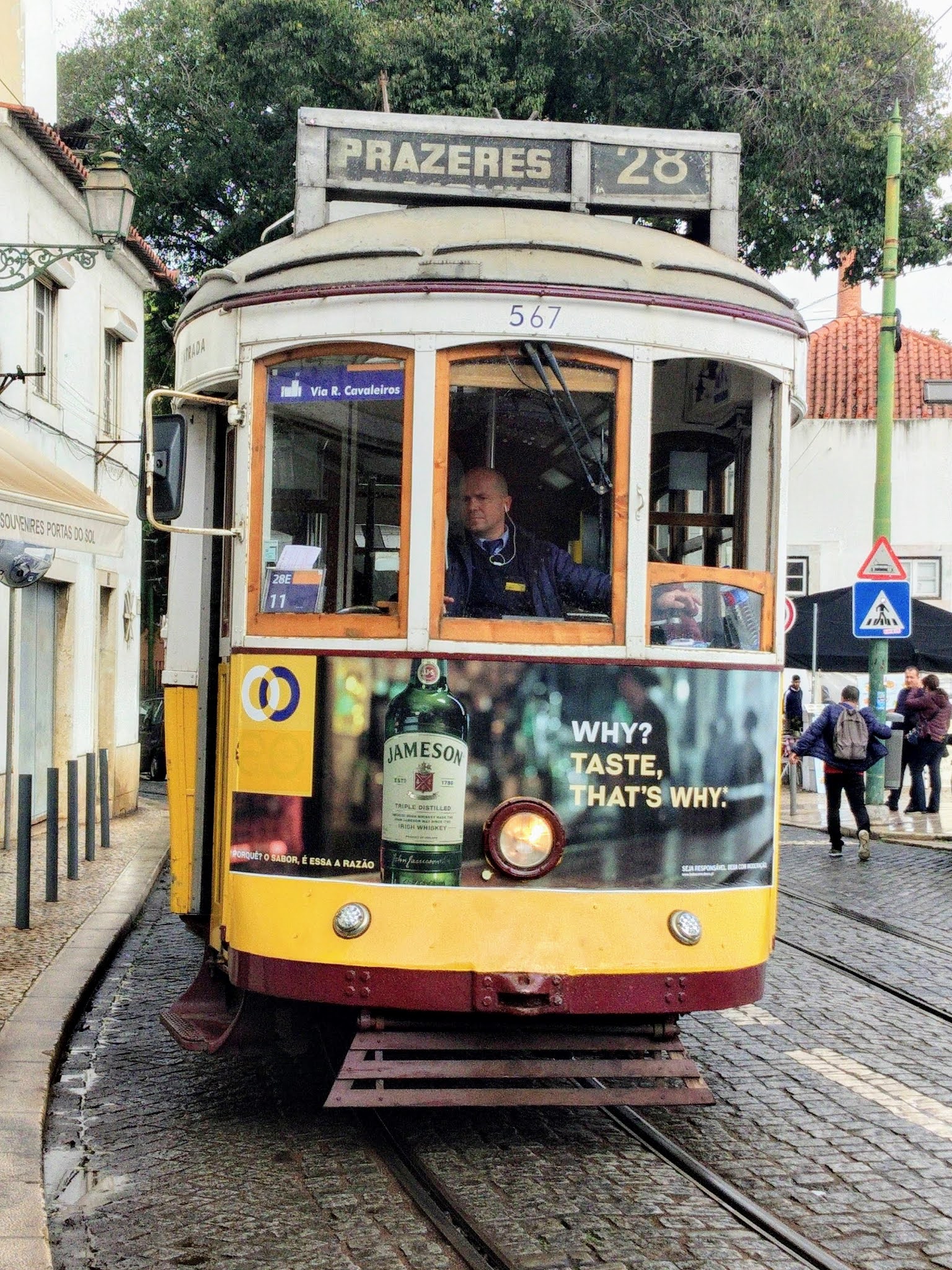




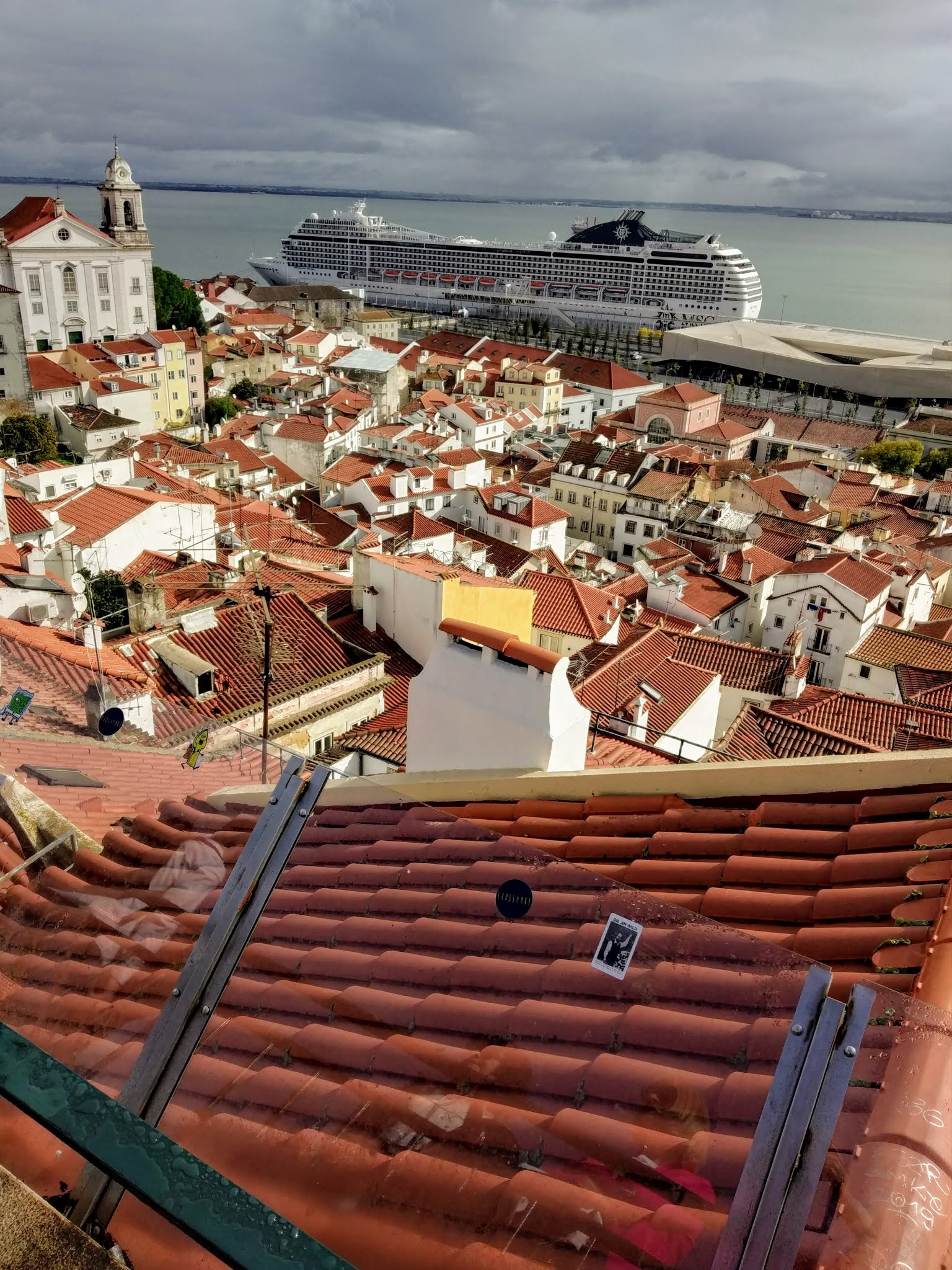






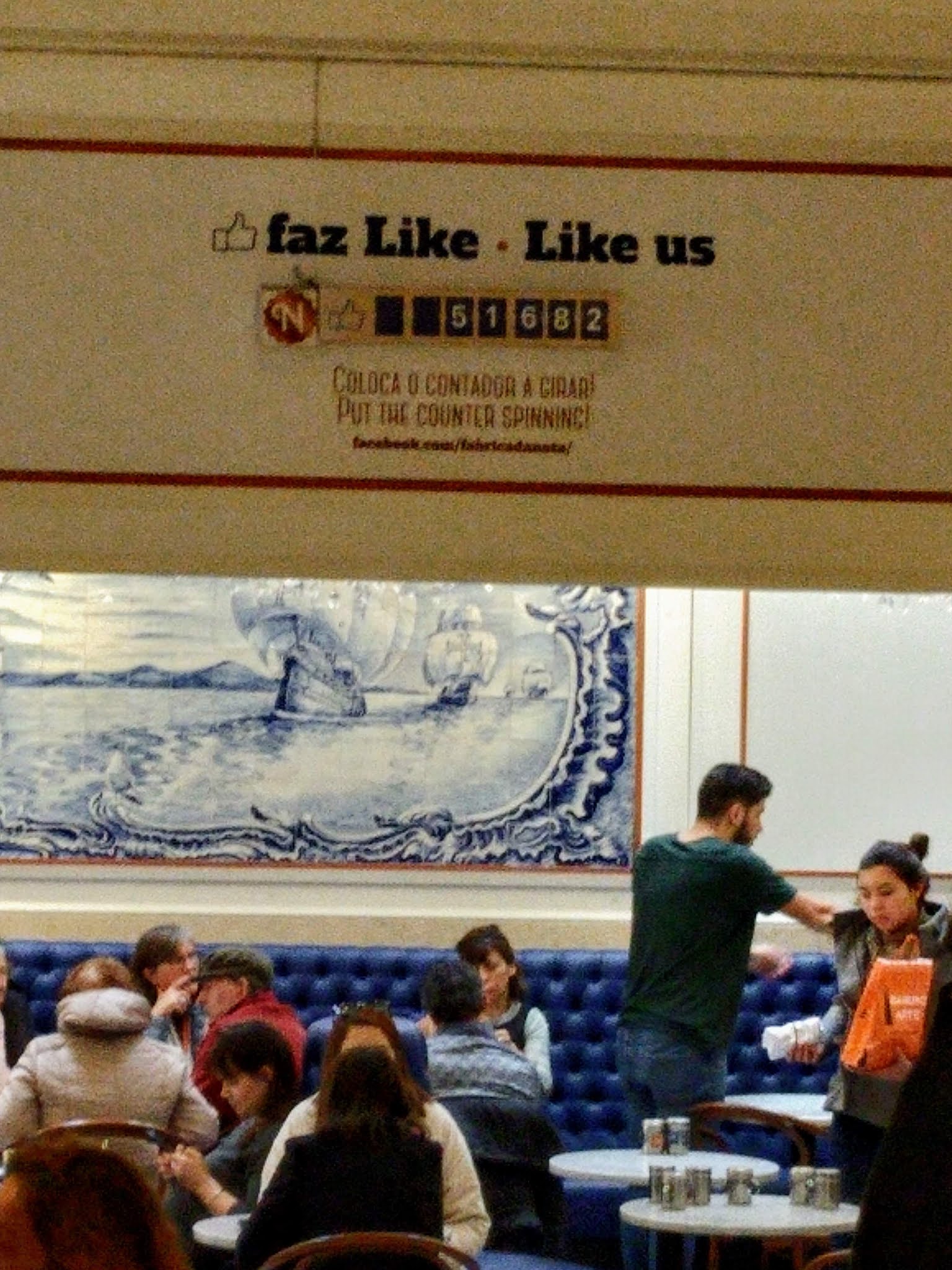







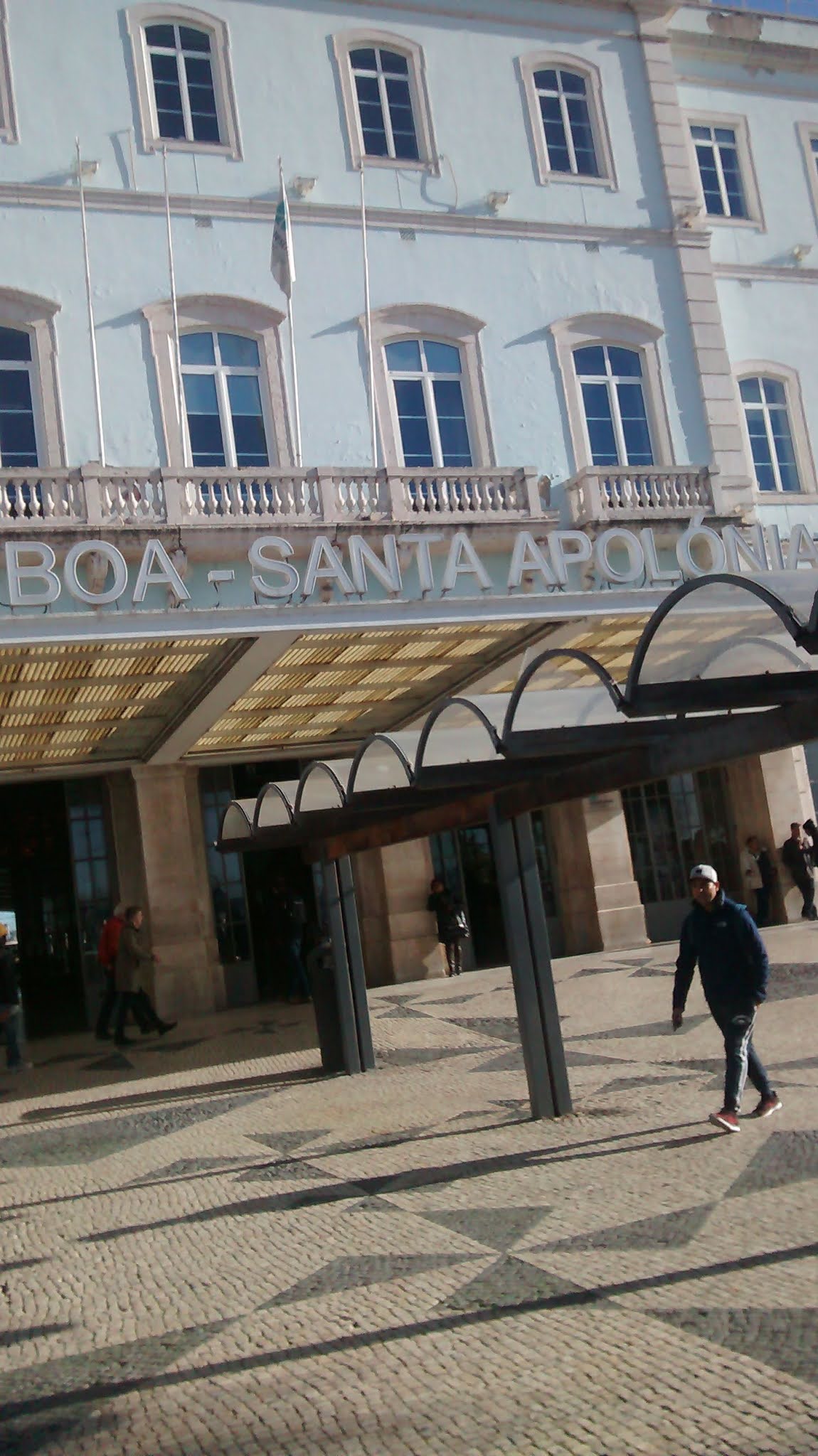











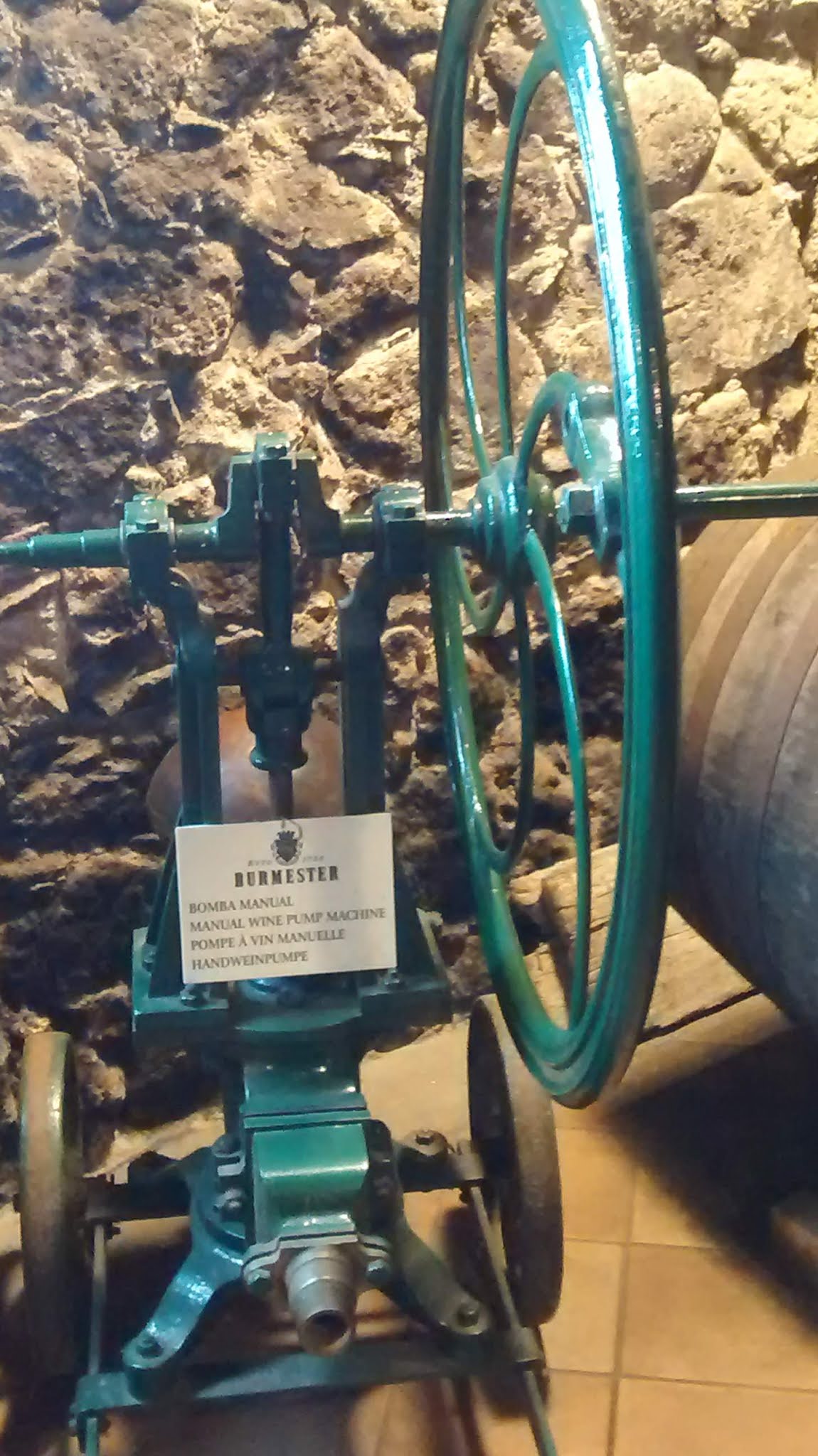
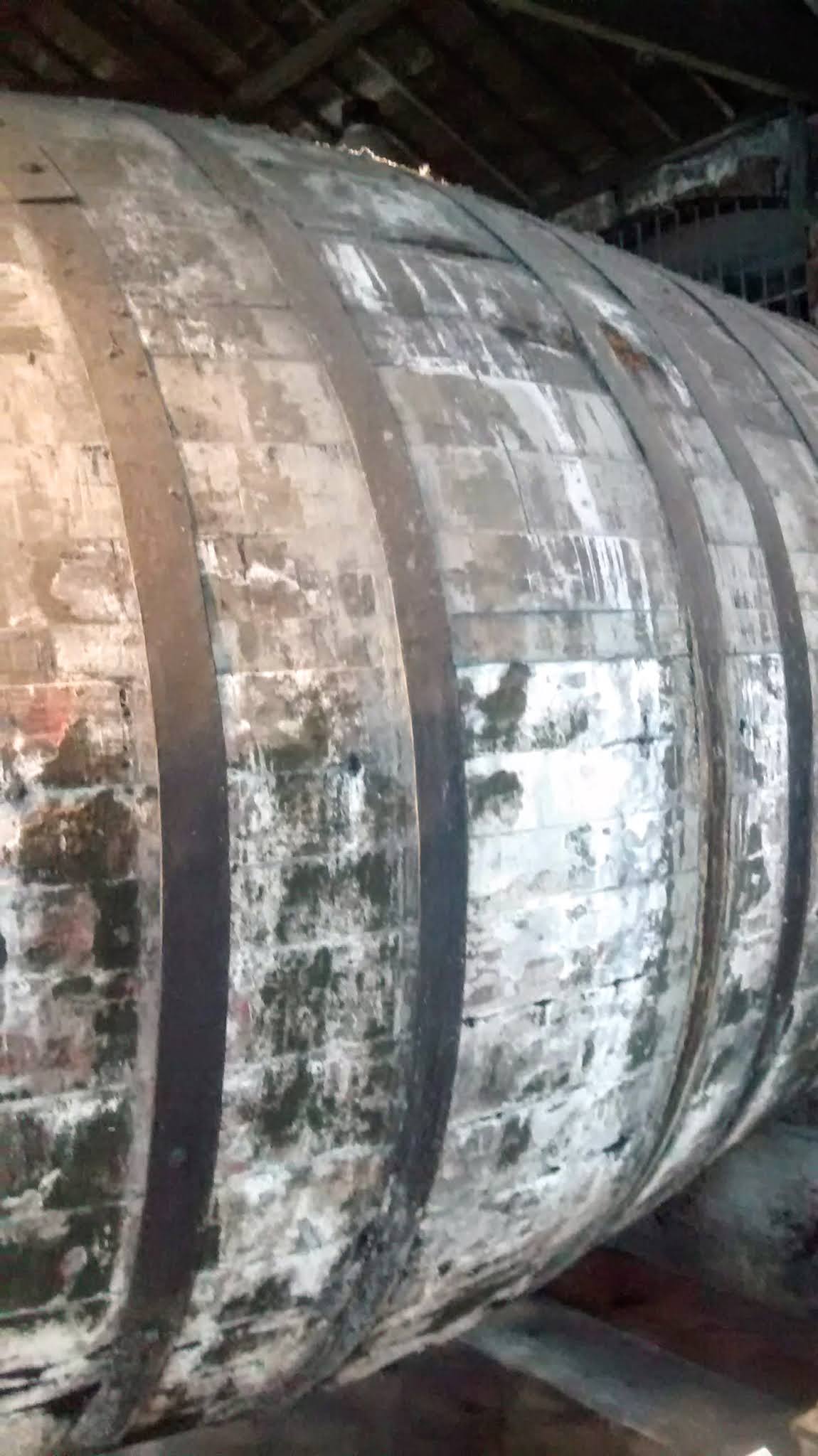

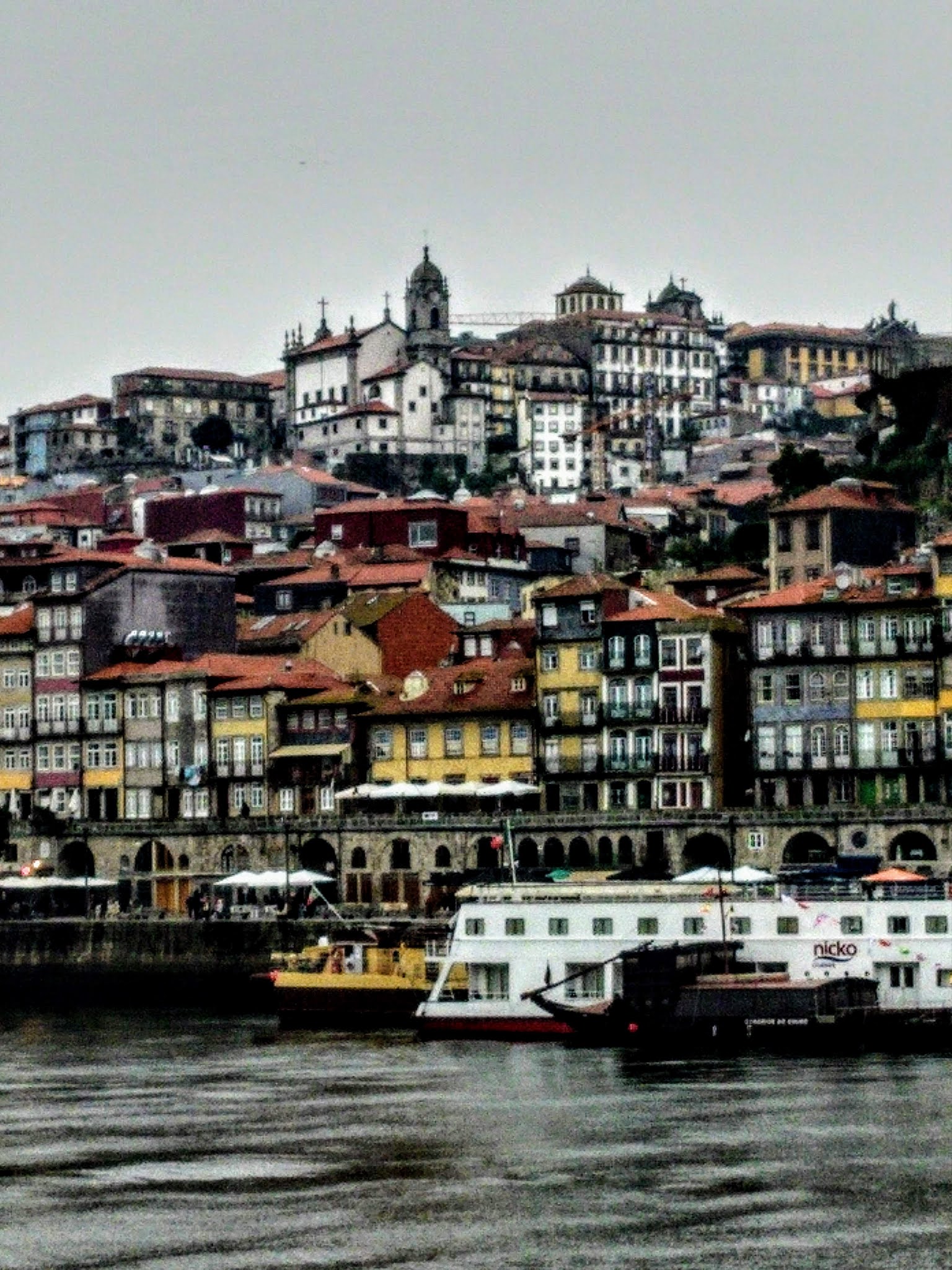
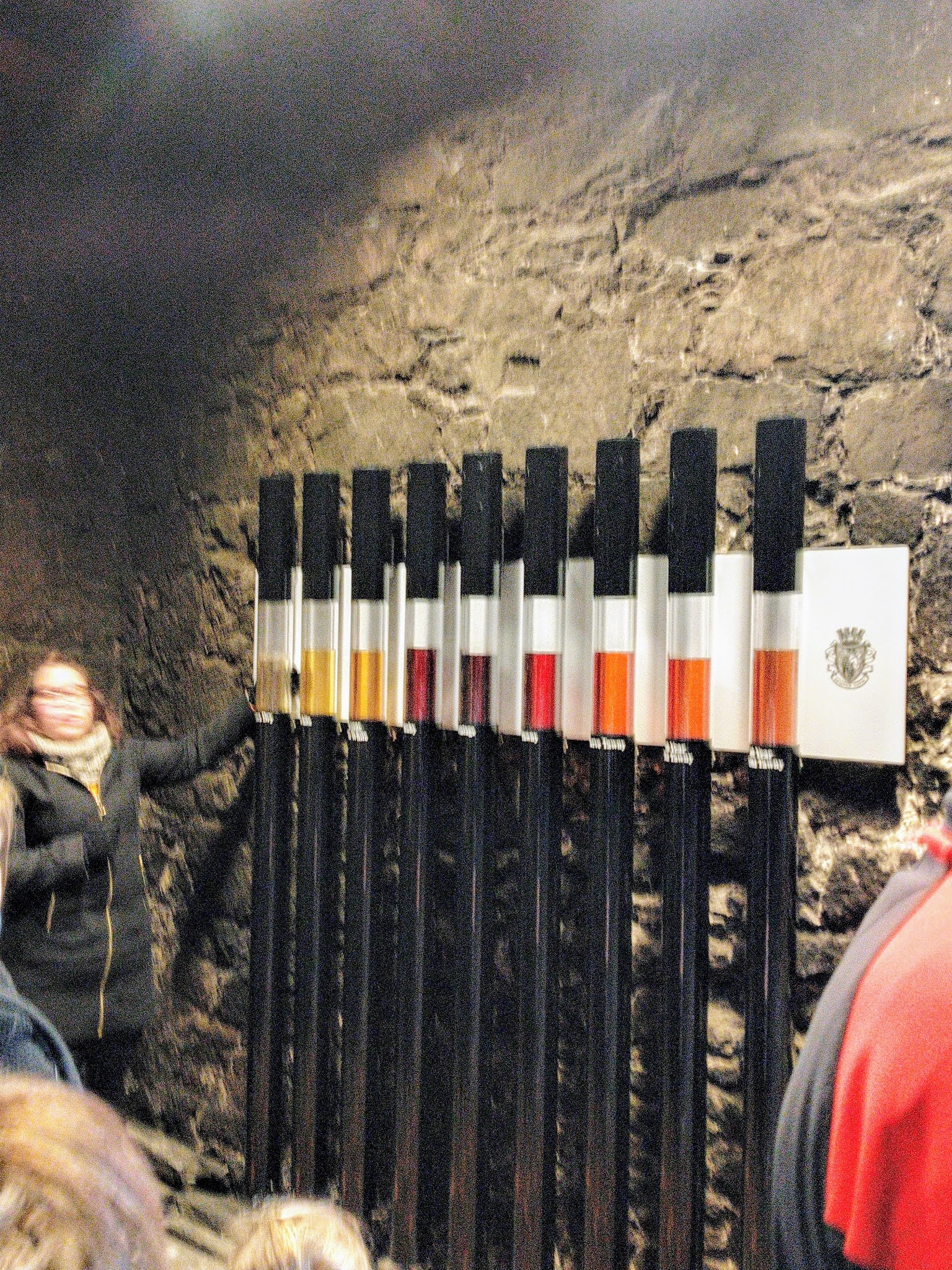
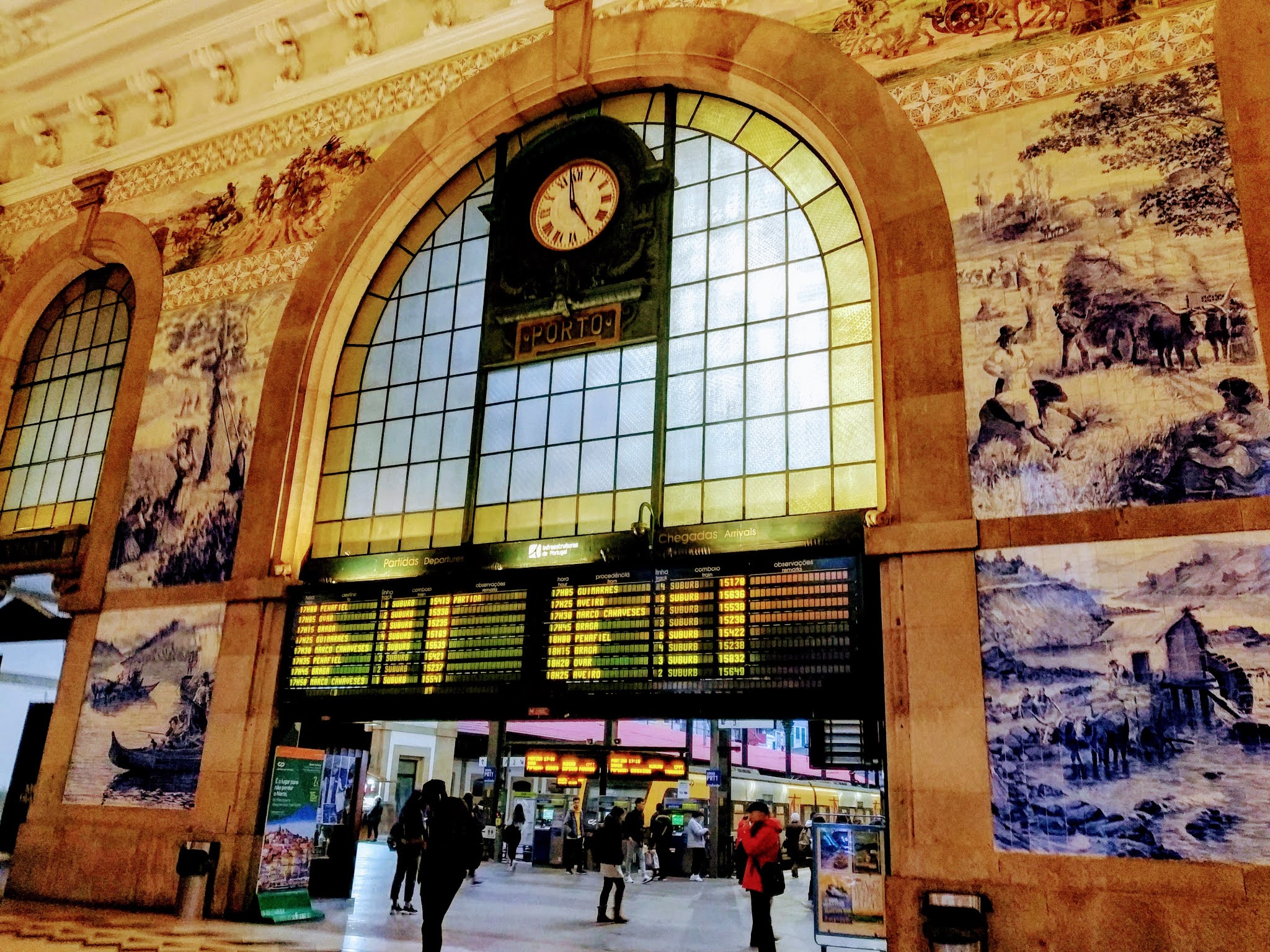



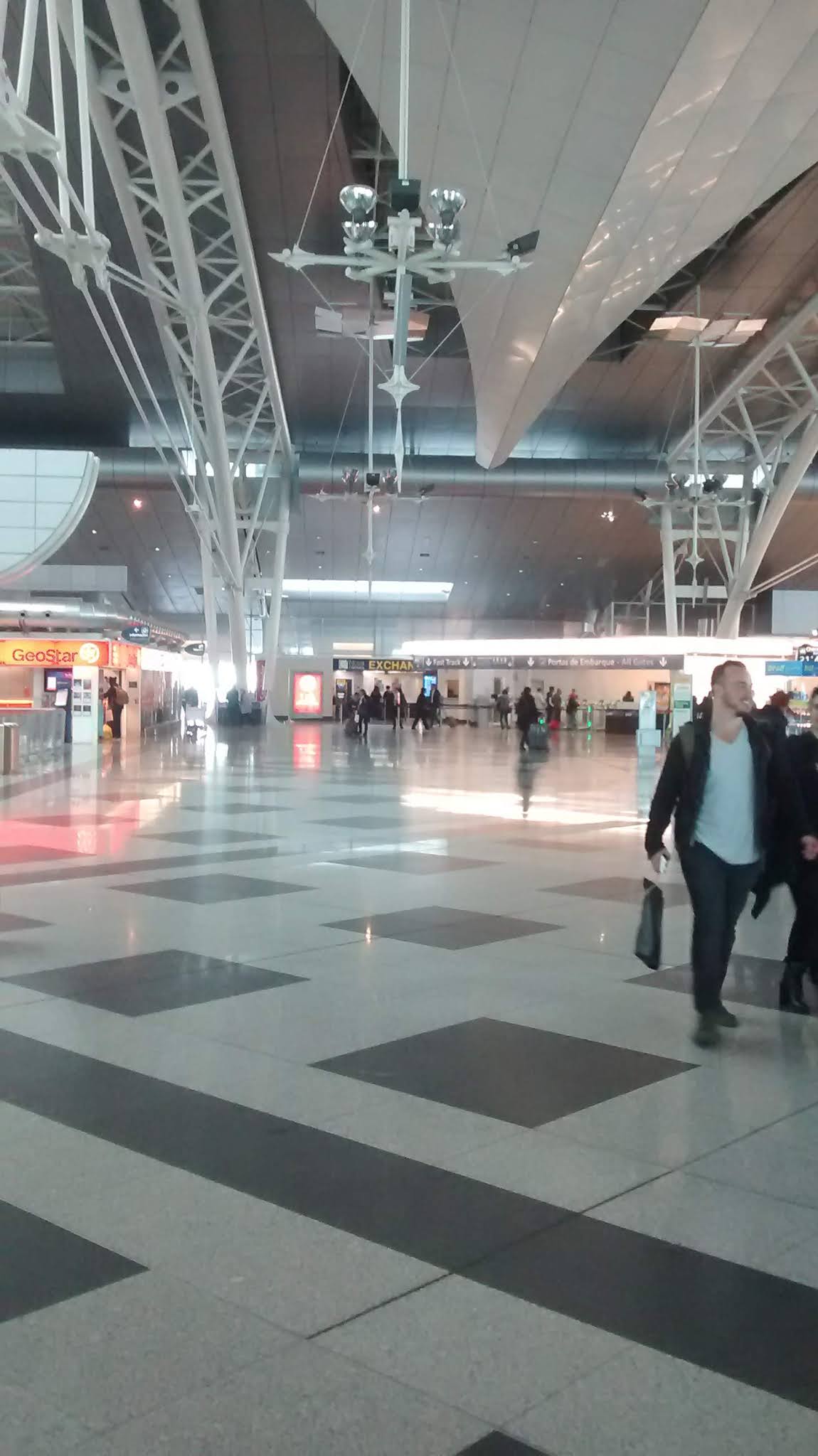


Comments